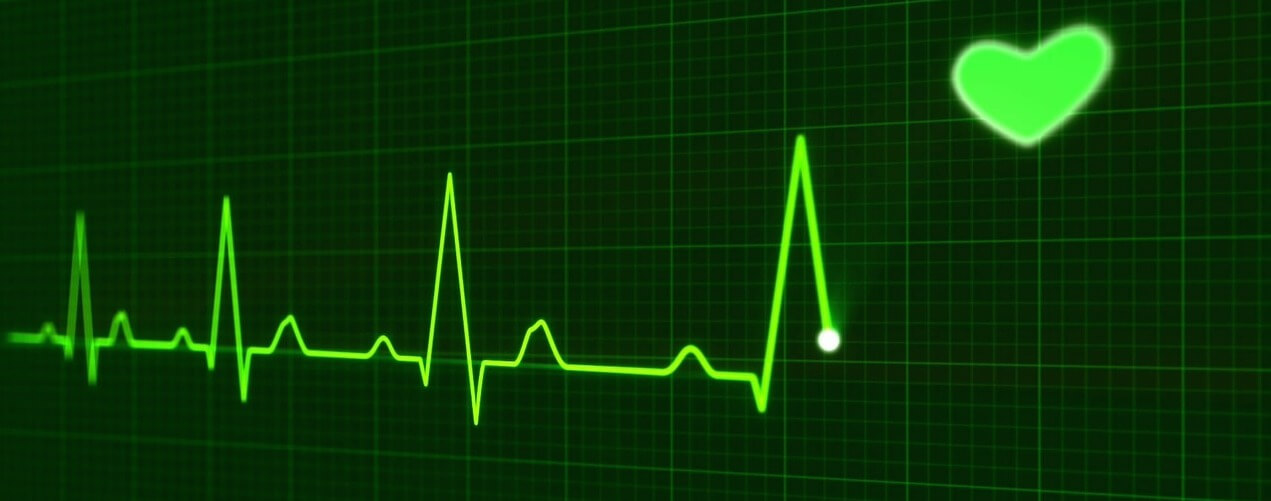In our first post on cardiovascular insights, Dr. Hicks looked at the structure and function of the heart, understanding atrial fibrillation and congestive cardiac failure. We return again to his helpful site, to gain a deeper understanding of heart attacks and stents, followed by pacemakers and defibrillators:
‘Heart attack is defined as an occurrence of coronary thrombosis (a blockage of blood flow to the heart). A heart attack happens in the United States every 30 seconds. Of these events, more than two thirds are first time events while nearly 30% occur in people who have already suffered a heart attack in the past.
Stent are used to prevent such events. A stent is a tubular support that is placed inside a vessel to promote healing or restore blood flow through an obstruction. Every year, more than 500,000 Americans receive coronary stents.’
‘A permanent pacemaker sends electrical signals to start or regulate a slow heartbeat. Pacemakers may be used to make the heart beat if the heart’s natural pacemaker (the SA node) is not functioning properly and has developed an abnormally slow heart rate or rhythm, or if the electrical pathways are blocked.
An implantable cardioverter defibrillator (ICD) is slightly larger. It has a generator, one or more leads, and an electrode for each lead. These components work very much like a pacemaker. However, the ICD is designed to deliver two levels of electrical energy: a low energy shock that can convert a beating heart that is in an abnormal rhythm back to a normal heartbeat, and a high energy shock that is delivered only if the arrhythmia is so severe that the heart is only quivering instead of beating.’
Medical Exam Prep would like to thank Dr. John Hicks for contributing this post.
About Dr. John Reddick Hicks





